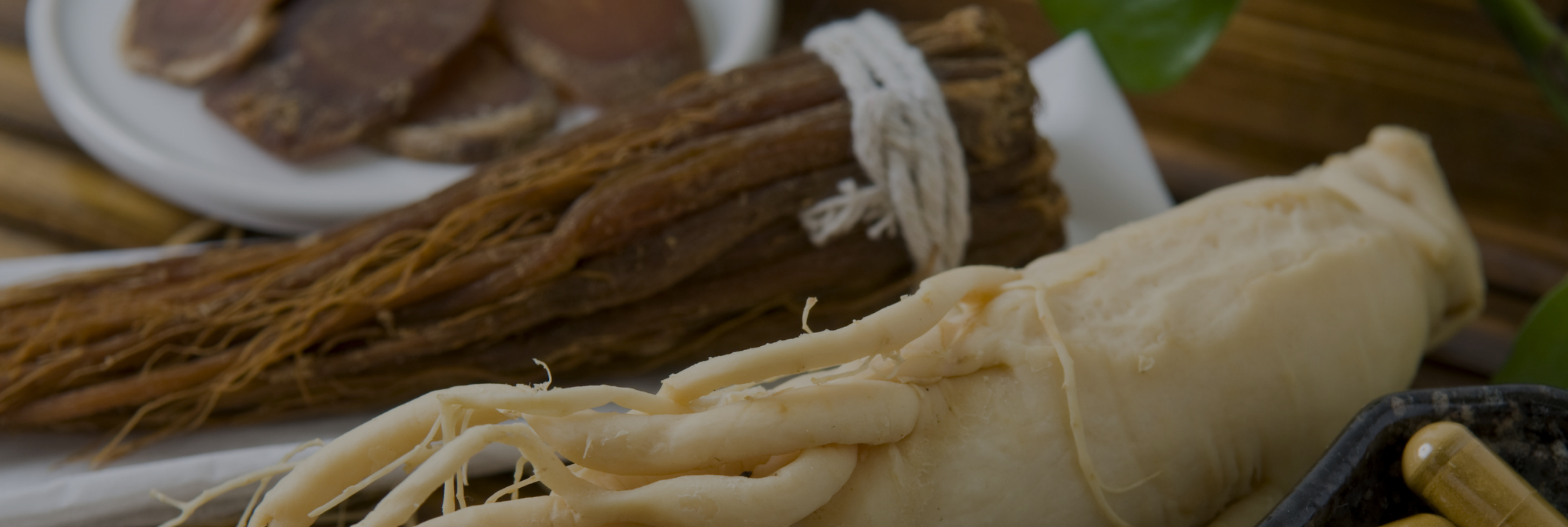To address food products in their many dimensions, organoleptic quality must be taken into account. Aromas therefore have their place in the formulation of products, whether for uniquely “pleasure” products or for health preparations. According to forecasts, the world aromas market should increase by 4.8% per year between 2020 and 2025¹. Beware, because not all flavouring solutions are the same. In this article we will present ingredients available on the market and their differences:
They are flavouring extracts made from fruit and obtained solely from a physical process (press, cold-pressed).
They are in composition of natural aromatic formulations, are less costly than essential oils and can be used in aqueous phase. They, however, need to be integrated in very large proportions to obtain the sought organoleptic outcome.
Synthetic molecules schematise the smell of the fruit or the plant. This artificial process is simplistic and reduces the aroma in which the formulator depicts the most characteristic flavour and smell of the fruit or the plant with only a couple molecules.
These ingredients, generally added in small amounts, can be easily added to any preparation but never reproduce the complexity of the natural aroma of a fruit or plant.
Obtained by hydro distillation, essential oils represent the volatile fraction of the plant (0.5 and 2%). The aroma of essential oils is powerful, but it doesn’t give off the top note.
Oleoresin is the lipid phase of the plant and contains the heart of the aroma. This fraction, extracted by apolar solvents (hexane, acetone), is very thick and oily. In order to make oleoresins usable in agri-food templates, it is necessary to formulate them on emulsifiers, triglycerides and antioxidants. These solutions are highly processed.
Natural extracts capture the complete aromatic profile of the plant (volatile fraction + principal fraction) by the combination of hydro distillation of a hydroalcoholic extraction and a concentration. Formulated in liquid or powder version, they can be applied to all types of formulations (classical beverages, instant drinks, shakes, etc…).
In conserving the integral aromatic profile of the plant, TGEs recover the organoleptic complexity of the raw material. These solutions come closer to the original plant based on its taste and low processing. To fully express their qualities, these extracts must be derived from noble, high-quality matter and managing the sourcing must be taken into account.
Based on an aromatic market marked by consumer’s appeal for naturalness¹ , TGEs are a natural and healthy solution, ideal for combining delicacy and food balance. These high potential ingredients allow industrials to propose perfectly mastered formulations and to meet the strong demand for transparency and traceability…
(1) https://www.businesscoot.com/fr/etude/le-marche-des-aromes-alimentaires-france

Head of BU Taste





Leave a comment